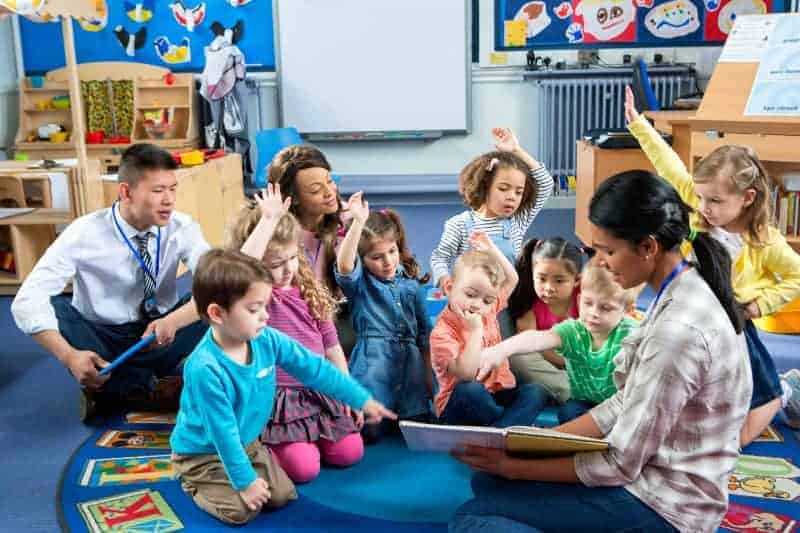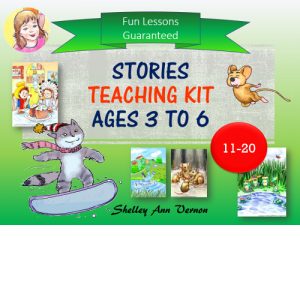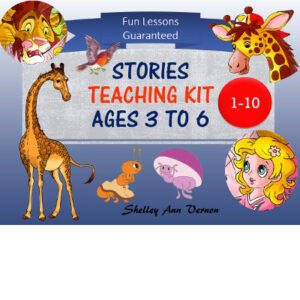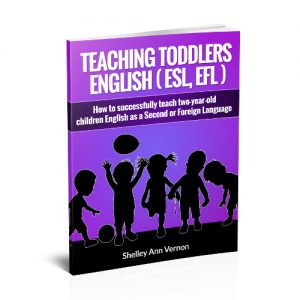Teaching 2 and 3-year-olds together can be a nightmare, as a distraught kindergarten teacher with mixed age groups testified. She rang me for help because she had to teach ESL classes with two-year-olds combined with their older siblings and other older children, aged four, five, and six. Unfortunately, she could not separate the toddlers from the older children. In addition, lessons had to succeed, or she would be fired from the language school. Ambitious parents were also clamouring for results in the background.
Teaching 2 and 3-year-olds limitations
Without intending to sound unhelpful, I replied that teaching toddlers along with seven-year-olds was a recipe for disaster and that no one’s needs would be met. If you teach at the toddler level, the older children will soon be bored and mess around. Sure enough, that’s what happened! By the end of the first lesson, the older brothers were disrupting the class, the siblings were pushing each other, two silent children were playing together, not saying anything, and the younger one was in tears. The teacher was nearly in tears too!
A workable compromise
Since teaching 2 and 3-year-olds ESL effectively is challenging, one needs to manage the expectations of parents and the school.
1. Explain to the school and parents that you will teach the older children actively. The toddlers will absorb what they can from being in the presence of English.
2. You might take ten minutes with the toddlers while the others do an activity, such as a vocabulary game with colouring. But if you try to teach toddlers and 3 to 6-year-olds simultaneously, you’ll soon get nowhere.
3. Favour activities that work for both 2 and 3-year olds. For example, bring everyone together to say hello, sing a hello song, mime actions to a different tune, and listen to a story. Any group activity that involves everyone is good in circle time. The teacher in question had a brainwave and got all pupils to shake hands and say, “I love my friend.” This activity broke the ice. However, please note that toddlers may or may not go along with that, and you won’t be able to force them.
4. For part of the lesson, teach the 3-year-olds together and leave the toddlers playing in a corner with their toys. It doesn’t matter what they do as long as they are not disrupting the lesson with the older ones.
5. Use games and stories to engage pupils (see link below in the resources section).
6. Be firm. Kids should know that you expect them to behave nicely. Threaten to speak to their parents if necessary using questions like « Would you like me to speak to your parents or do you prefer to behave nicely? » If you are not firm, then all the kids will take over, and soon they will ignore your threats and run around. You will be powerless.
Positive Results
In the next lesson, the teacher used my lesson plan and story for animals and numbers (Anna at the Zoo) and focused mainly on teaching the older ones, and things went much better.
Things went better today as I managed the groups with circle games and table activities. Even the little boy, who is normally naughty, loved the story with Anna and the animals and loved pointing to the animals in the story. I had lots of activities arranged, so this lesson went well. At certain moments, when kids got excited, I quickly put stepping stone numbers on the floor started jumping on them, and the children followed. We also used your table activity with the ice-cream cones, and this did wonders to calm the atmosphere. I even managed to teach, “I like ice cream.”
Other observations and teaching tips
The teacher also made this observation:
One thing struck me about my last two lessons was that the children kept picking up puppets. I was getting annoyed because it disrupted the lesson, but in the end, I gave them the puppets while we played hangman, and I allowed them to cuddle the puppets when they were pretending to sleep. I feel I should use these puppets, but how?
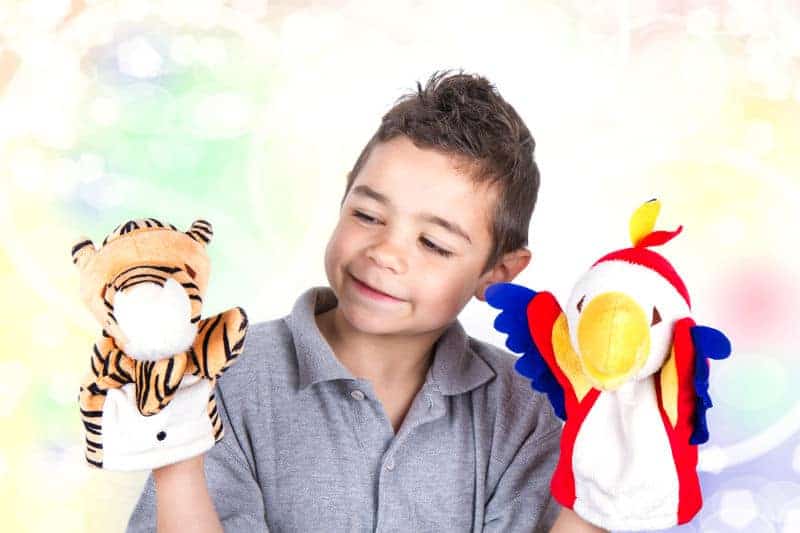
So, take those puppets and incorporate them into the lessons. However, the puppets only speak English. You could start by having each child choose a favourite puppet, name it, and then introduce it to the others. Then do a skit with the puppets as the actors.
Be a flexible teacher. Don’t stick to a rigid lesson plan but go with the interest and the flow. If you find interest somewhere, develop it. When teaching, I often had a game take an unexpected twist because of an idea from a pupil. I always let those ideas run because if your pupils are interested, they will pay attention and join in.
Always be in observation mode, even when you are actively teaching. Seeing how engaged pupils are and whether they are integrating what you are teaching is an ongoing, permanent state of affairs, and you adjust your lesson plan as you go along.
Resources
Story set including Anna at the Zoo and other preschool hits
https://www.teachingenglishgames.com/esl-short-stories
Check out this page for toddlers:
https://www.teachingenglishgames.com/The-perfect-English-lesson-for-toddlers-and-why-it-failed
Please ask me questions! And do give me your feedback. I’d love to hear from you. Use the comments box below! Speak soon, Shelley Ann Vernon, Teaching English Games
-
Sale Product on sale
 ESL Preschool Stories 11-20 Teaching Kit + PowerPoints
ESL Preschool Stories 11-20 Teaching Kit + PowerPoints€39.97Original price was: €39.97.€29.33Current price is: €29.33. -
Sale Product on sale
 ESL Preschool Stories 1-10 Teaching Kit + PowerPoints
ESL Preschool Stories 1-10 Teaching Kit + PowerPoints€39.97Original price was: €39.97.€29.33Current price is: €29.33. -
 Teaching Toddlers English€6.00
Teaching Toddlers English€6.00
